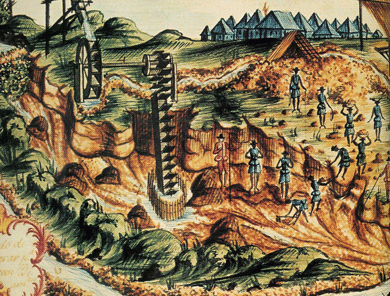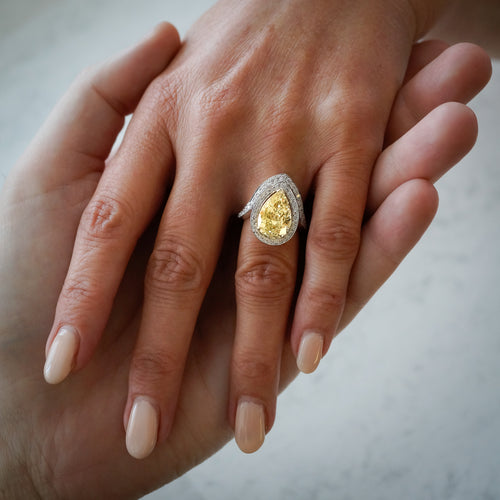
At the beginning of the 18th century, when supply originating from India was regular and perfectly met demand, commerce with the Sub-Asian continent suddenly declined. The main cause for this was the discovery, in 1725, of new mines in what is now the Minas Gerais province of Brazil.
Between 1730 and 1735, the Brazilian diamond market grew so much that its prices dropped by 75%. The Brazilian mines seemed inexhaustible, to such a point that the fall in the Brazilian diamond price pushed the Portuguese to transfer part of the South American stones to India and to pass them off as coming from there.
Curiously however, while the price of rough fluctuated enormously with variations in supply – mine openings and closures – the price of cut stones remained stable and even tended to firm up.
In 1771, in an attempt to seize control of these riches, Minister Pombal nationalized the mines, engendering a real economic and financial catastrophe. As soon as it gained independence from Portugal in 1822, Brazil reverted to the traditional system of concessions.













